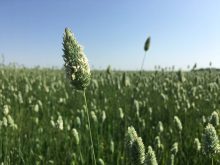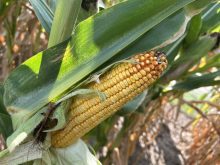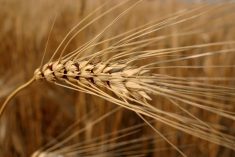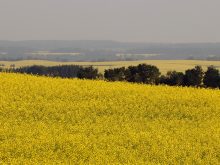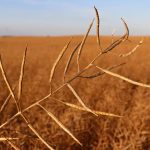There’s little barley out there, but cattle feeders will be trying to
fill its place with the suddenly large quantities of feed wheat being
harvested on the Prairies.
That’s not going to be easy, because there’s good feed wheat, bad feed
wheat and ugly feed wheat.
“It’s going to be a good year for the nutritionists to try to figure
out how to make a good ration out of it,” said Marsha Cannon, a feedlot
operator and past president of the Saskatchewan Cattle Feeders
Read Also
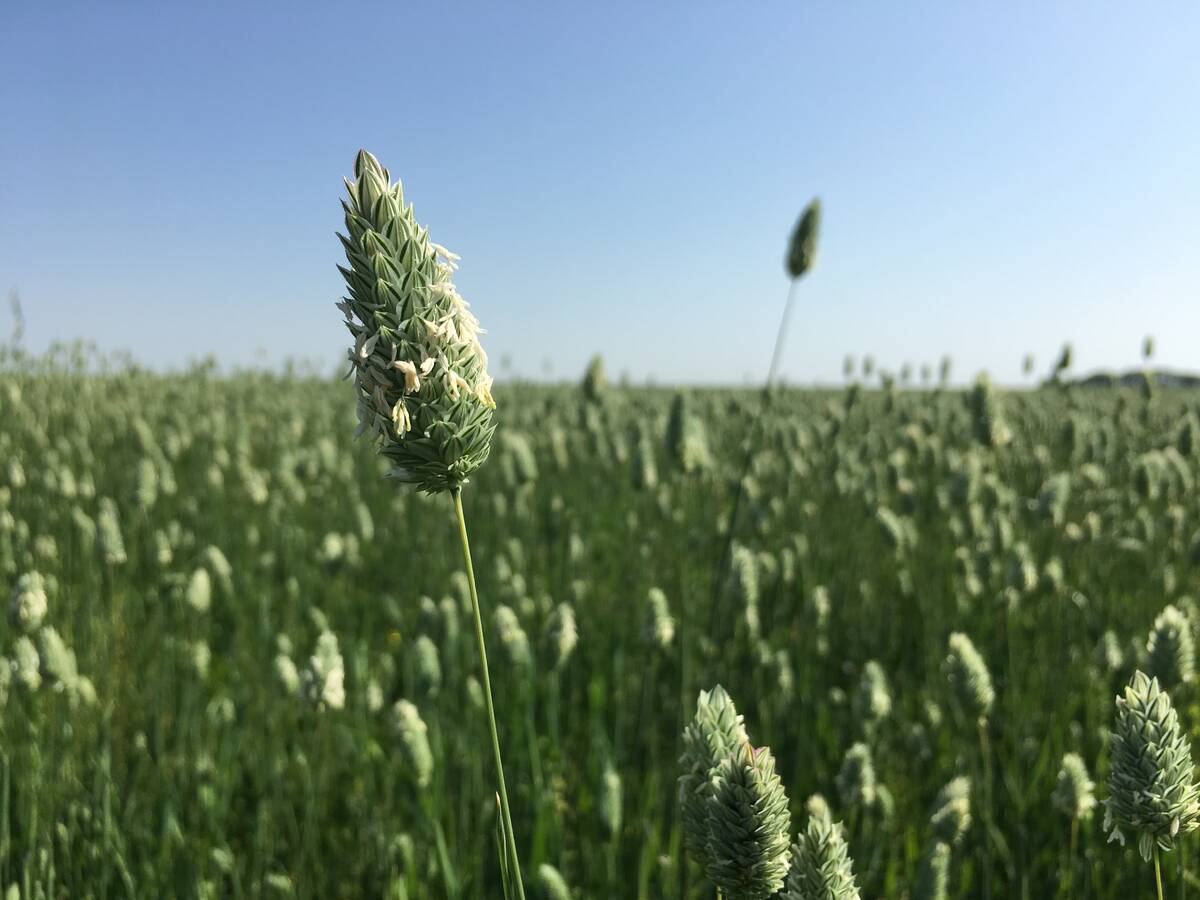
No special crop fireworks expected
farmers should not expect fireworks in the special crops market due to ample supplies.
Association.
“It’s a real piecemeal situation.”
A litany of weather woes has affected wheat crops for the past two
months. Early August frosts reduced many wheat crops to feed quality.
At the same time, heavy rains caused sprouting in winter wheat crops.
Spring wheat has been hit at harvest time with repeated rains that have
caused sprouting and mildew.
Saskatchewan Agriculture said last week that of the crops so far
harvested, only 13 percent was estimated to grade No. 1, compared to a
10 year average of 52 percent.
“Definitely there’s been a lot of feed wheat created out there,” said
Calgary grain broker Doug Chambers.
“Once we figure how much is out there we’ll see a lot trading into the
feedlots.”
Feed wheat futures on the Winnipeg Commodity Exchange have not
noticeably slumped in the past few weeks, but Chambers said that’s
because the feed wheat specified by the contract is still a rare
commodity.
“The futures on feed wheat have no relevance to the cash price,”
Chambers said.
“A lot of what’s out there doesn’t make mill quality for the feed
mills. That’s what’s keeping the 58 pound (wheat) high.”
A low bushel weight is bad for feed wheat users. When the weight is
low, the energy level tends to be low and the fibre proportion high,
which isn’t what feeders want.
“While the (low bushel weight feed wheat) may be cheaper, if you’ve got
to keep them longer, in the end it’s not necessarily going to cost you
less to feed the animal,” Cannon said.
Chambers said he has seen a lot of samples of 50 to 54 lb. wheat. He’s
been selling small lots of it to feedlots.
But he thinks feedlots will become less anxious about feed shortages
after harvest, when it becomes obvious a large percentage of the wheat
crop will be fit only for feed.
Producers shouldn’t assume feedlots will be begging for their light
feed wheat.
“If you’ve got a sub-58 lb. product, I’d be looking for a market pretty
quick, because that thing’s going to shake out and come down because
there’s scads of it around,” Chambers said.
He has already heard reports of people willing to trade three tonnes of
sub-58 lb. feed wheat for one tonne of over-58 lb. feed wheat.
Feeders’ needs vary
Cannon said cattle feeders will be choosy about what kind of feed wheat
they will accept. A feedlot will not use mouldy wheat in a finishing
ration because it will be inconsistent, but a backgrounder may be
willing to use it.
Even though feed wheat qualities may be wildly variable and much of it
will be hard to use, Cannon said the large quantities mean that many
cattle feeders will be able to avoid using non-traditional feeds.
However, she knows of some feeders who are looking at using everything
from canola silage to chaff and screenings to round out their rations
this winter.
Chambers said he thinks feed wheat will be the commodity that sets the
ceiling price for barley this winter, the way American corn did last
winter.
If barley prices get too far out of line, users will increase the
amount of feed wheat in cattle rations.



